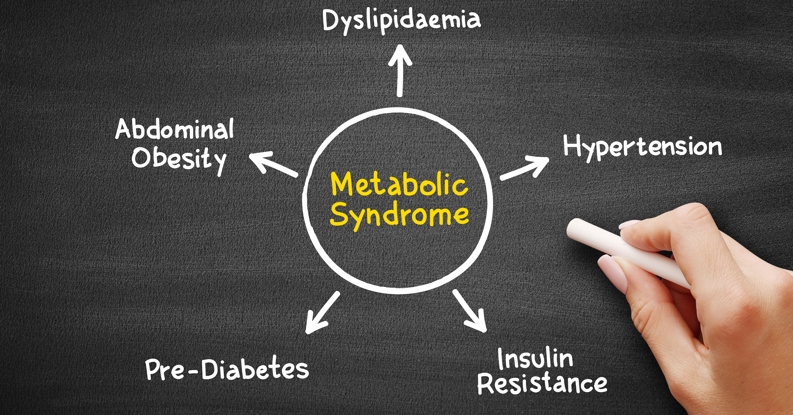Do You Know Your “ABC’s?”
- Category: Endocrinology, Diabetes & Metabolism
- Posted On:

“Prediabetes,” “borderline diabetic,” you’ve probably heard these terms before. Prediabetes is a condition in which your blood sugar levels are higher than target, but not high enough to diagnose Type 2 diabetes. Without proper lifestyle changes, prediabetes can increase your risk of developing Type 2 diabetes, heart disease and stroke.
Risk factors include being overweight, being 35 years of age and older, family history of Type 2 diabetes, not being physically active, history of gestational diabetes or polycystic ovary syndrome and belonging to a high-risk ethnic group, including Native American, African American, Hispanic/Latino, Pacific Islander or Asian American.
The good news is that individuals with prediabetes can take steps today to prevent their condition from progressing. These steps include eating more fruits and vegetables, limiting sweets and sugary beverages, exercising more, losing weight, quitting smoking and monitoring blood pressure.
What if, despite all these lifestyle changes, you are diagnosed with Type 2 diabetes? No need to fear! We’re here to help breakdown the ABCs of diabetes and what it is.
What is Diabetes?
Diabetes is a condition in which the body does not make enough insulin or use insulin effectively. There are two types of diabetes —Type 1, where the body makes little to no insulin and Type 2, where the body does not respond to or use insulin as it should.
The ABCs of Diabetes
A: A1c or HbA1c is a test that measures blood glucose over a three-month period. For most people with diabetes, the target A1c is at or below seven percent. Monitoring your blood glucose at home will help you know if what you are doing is working to keep your blood sugar levels managed. The target range for blood sugars is: 80-130 (fasting or before meals) and less than 180 (one to two hours after the start of a meal).
B: Blood pressure—Blood pressure should be checked at every medical appointment. The new recommendation from the American Diabetes Association (ADA) for blood pressure is a target range of below 130/80.
C: Cholesterol, triglycerides, HDL/LDL—it is recommended that individuals with diabetes have yearly blood tests to measure their cholesterol, triglycerides and HDL/LDL levels. The target range for these tests are as follows (but may need to be modified based on your individual risk factors):
- Cholesterol: below 200
- Triglycerides: under 150
- HDL (good cholesterol): men, above 40; women, above 50
- LDL (bad cholesterol): under 100
Be sure to ask your doctor the following questions at your next appointment : What are my ABC numbers? What should my ABC numbers be? What do I need to do to reach healthy ABC numbers?
To learn more, ask your provider to refer you to the Southwest General Diabetes Education Program for education and support with diabetes management and nutrition or call 440-816-5728 or 440-816-2796.


